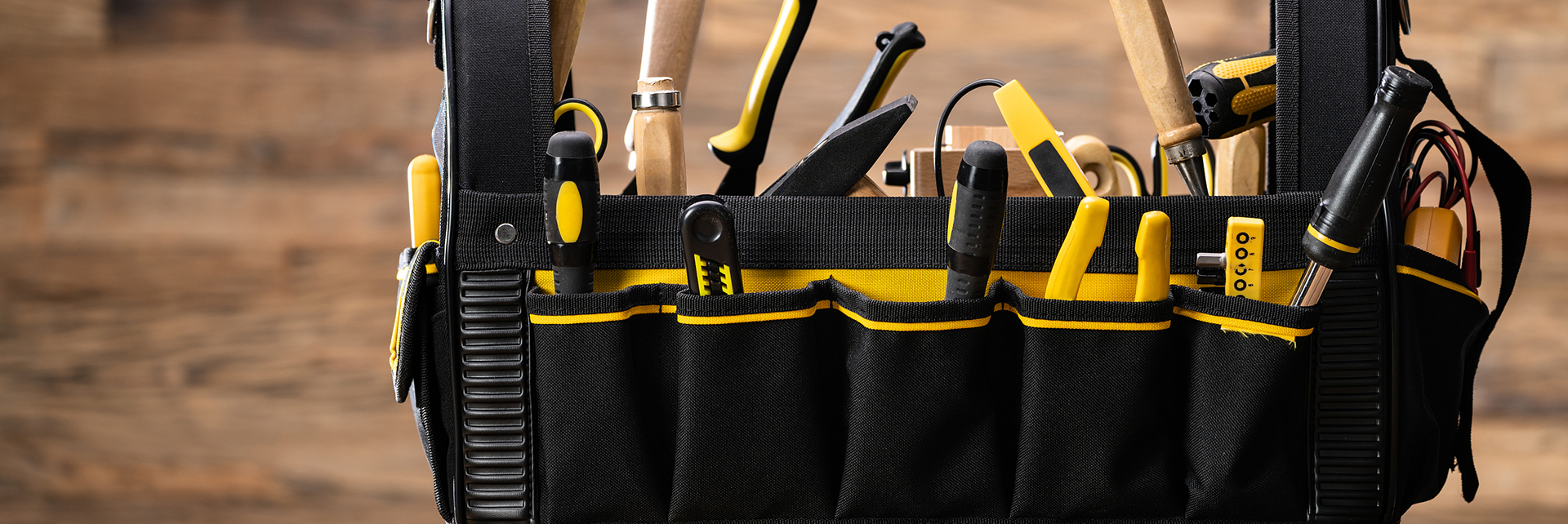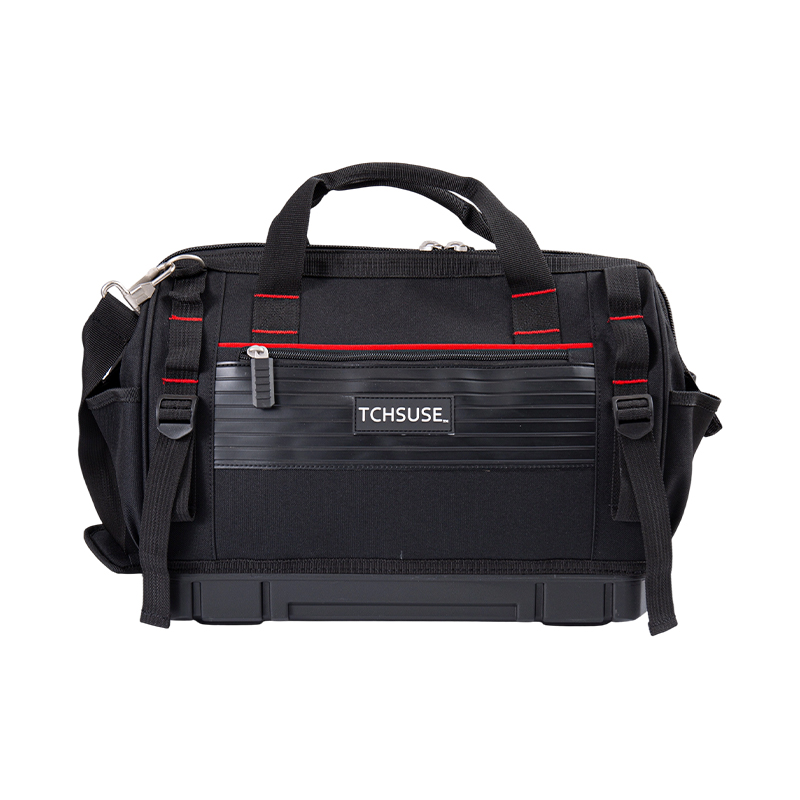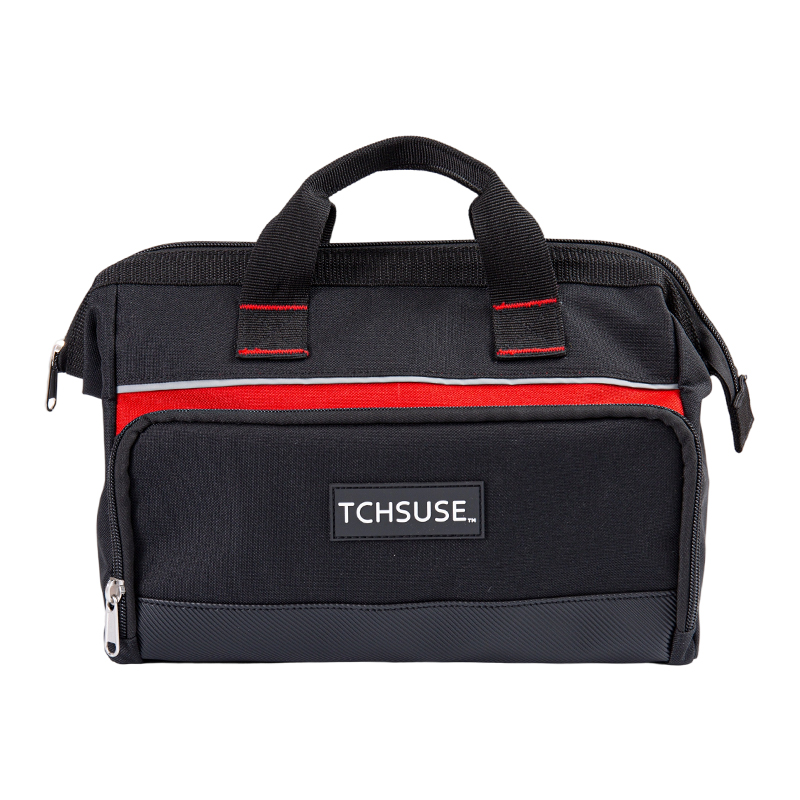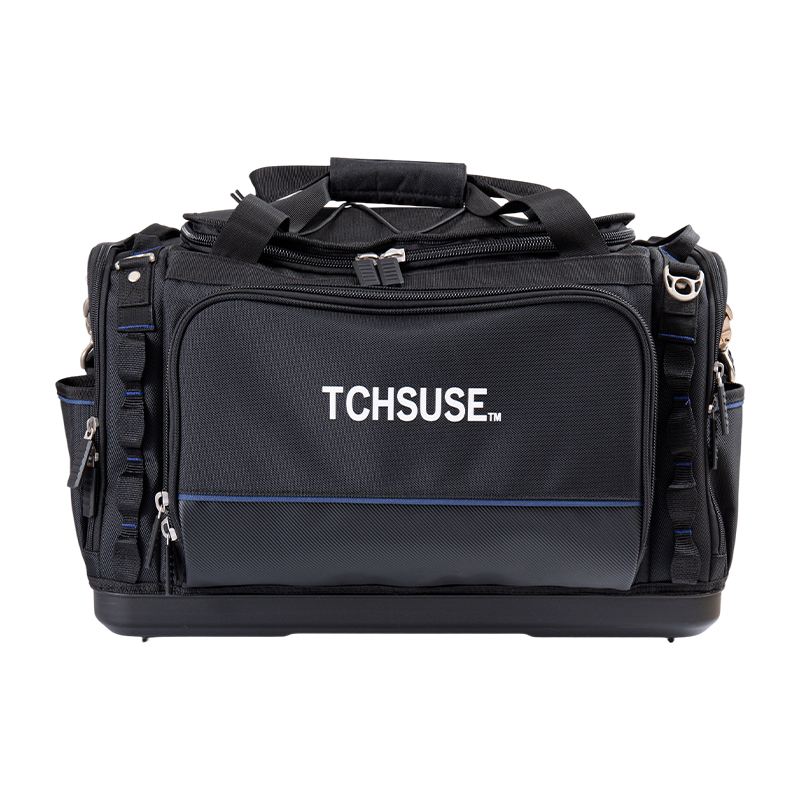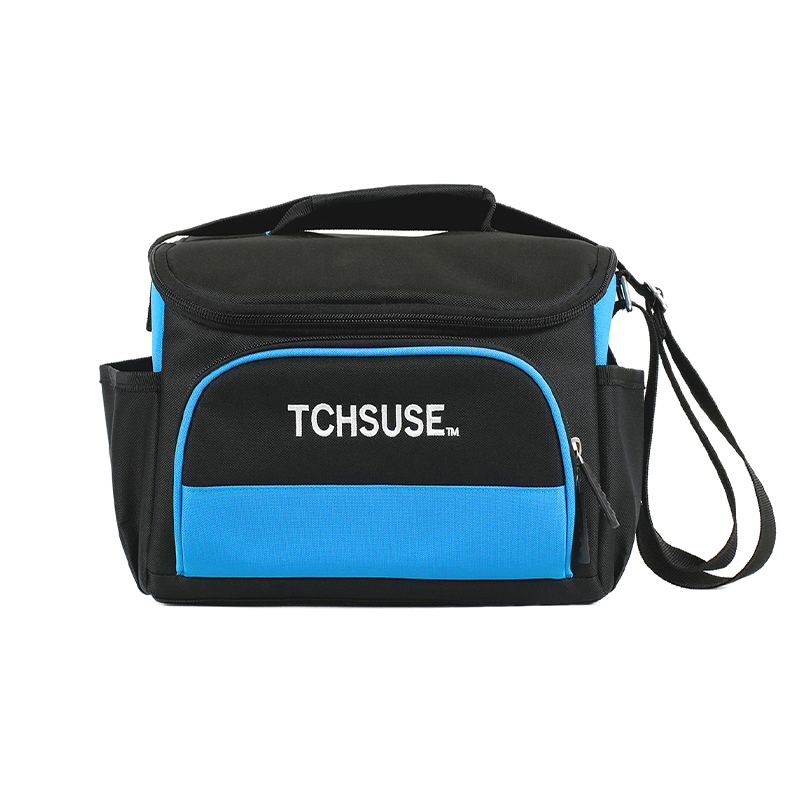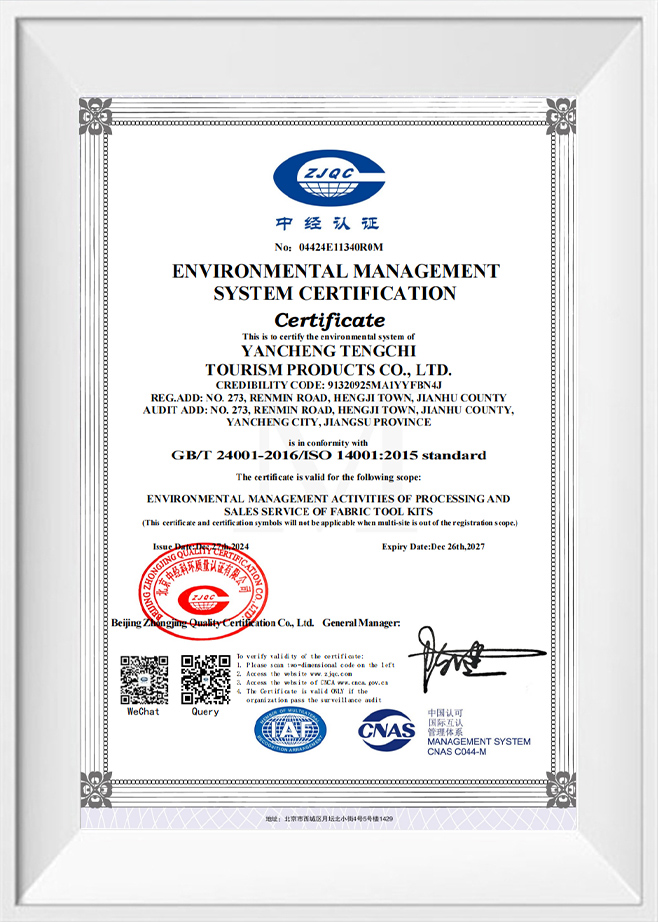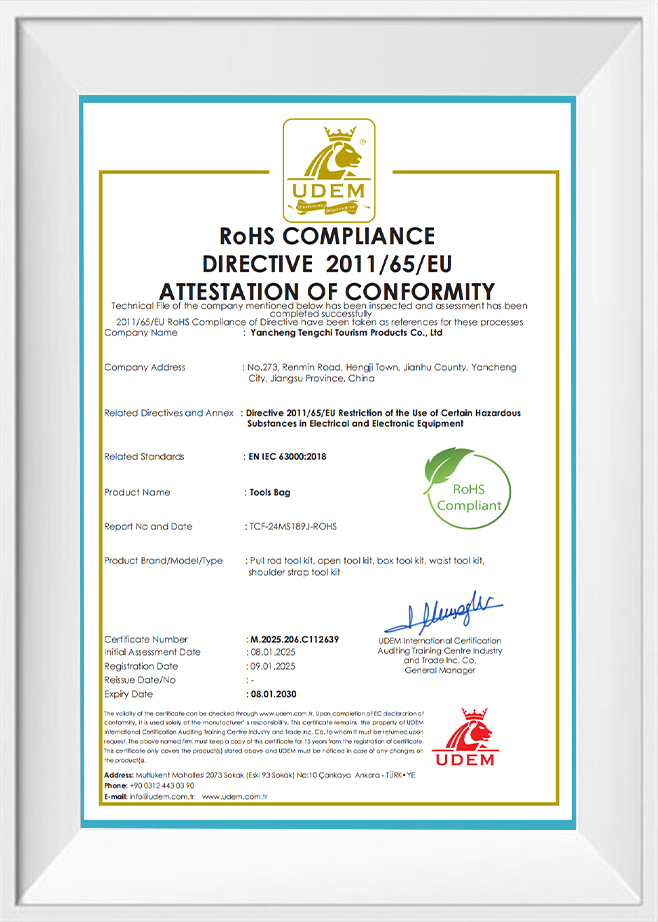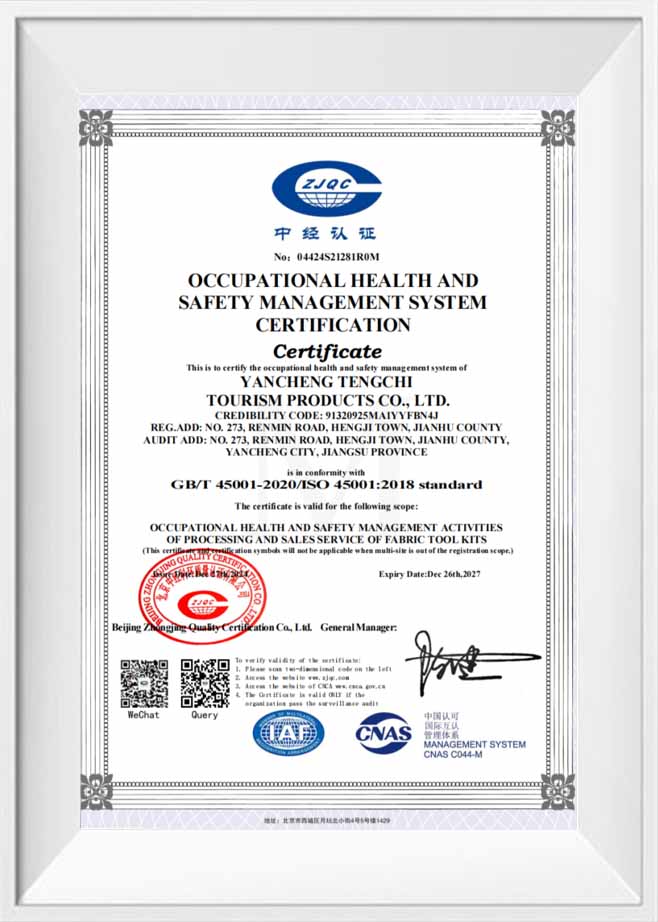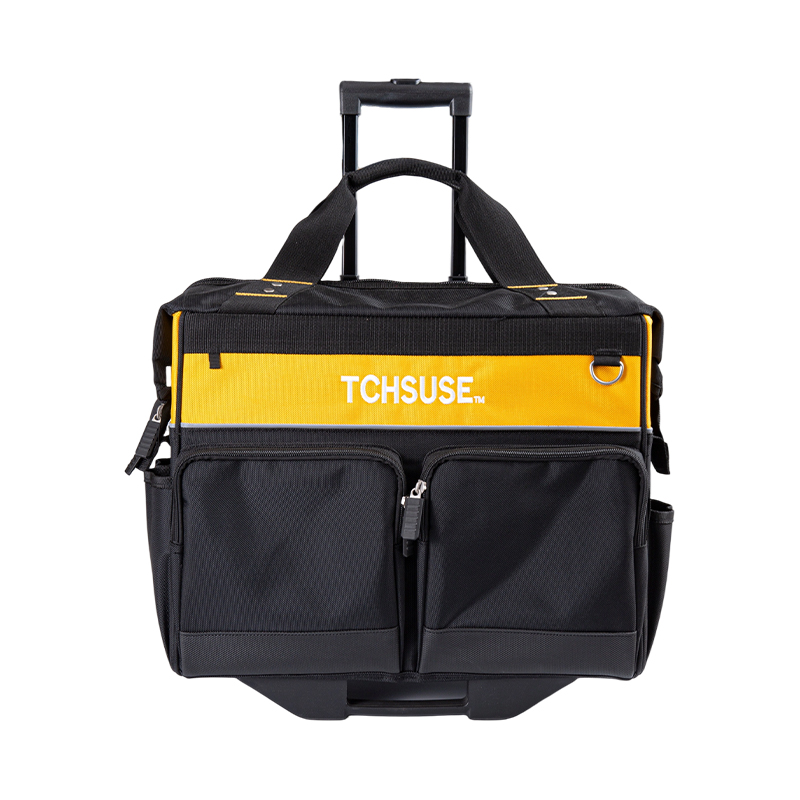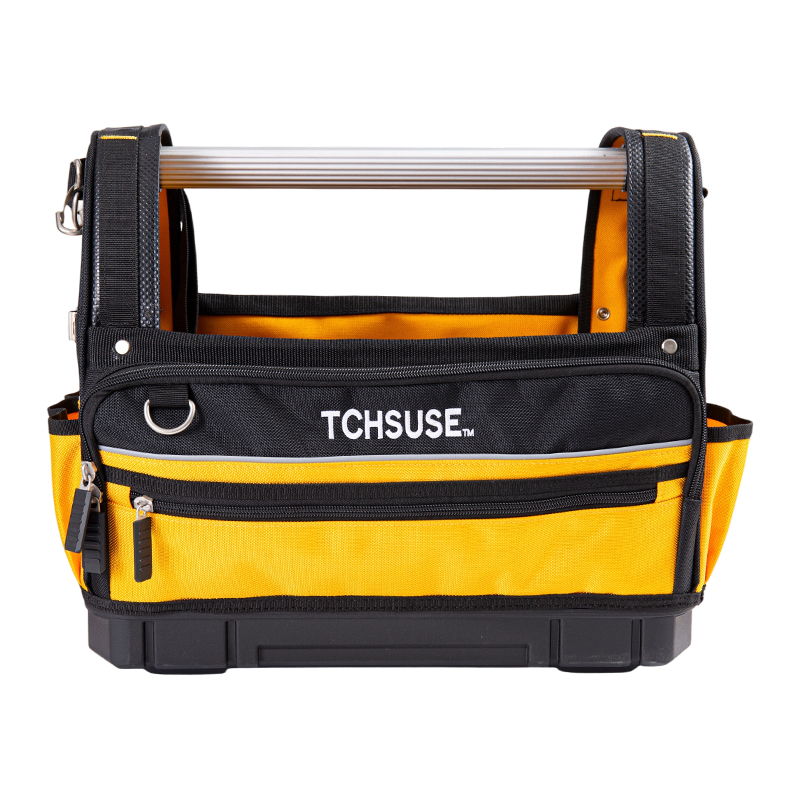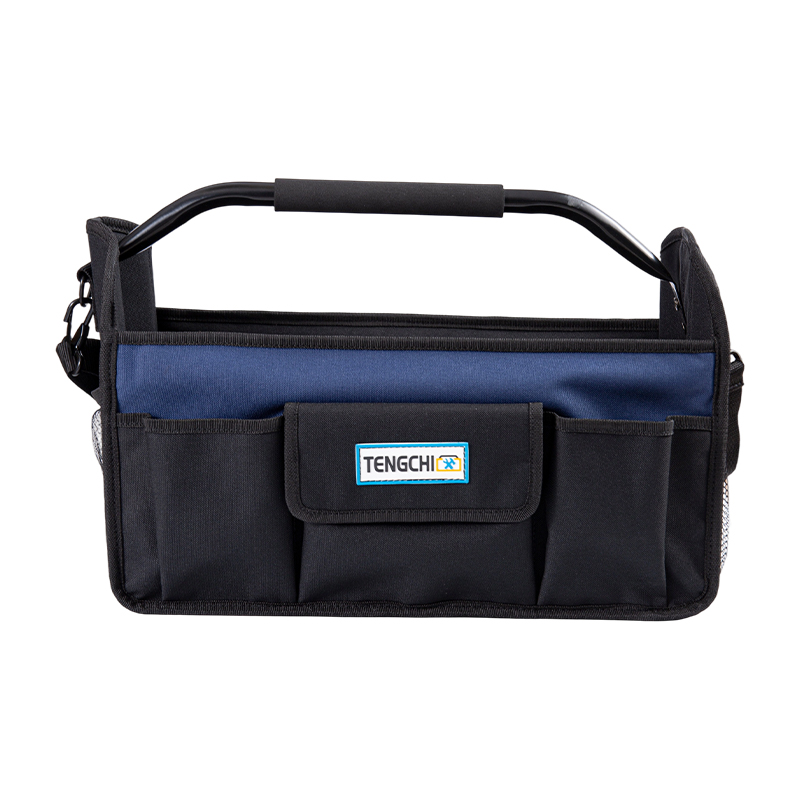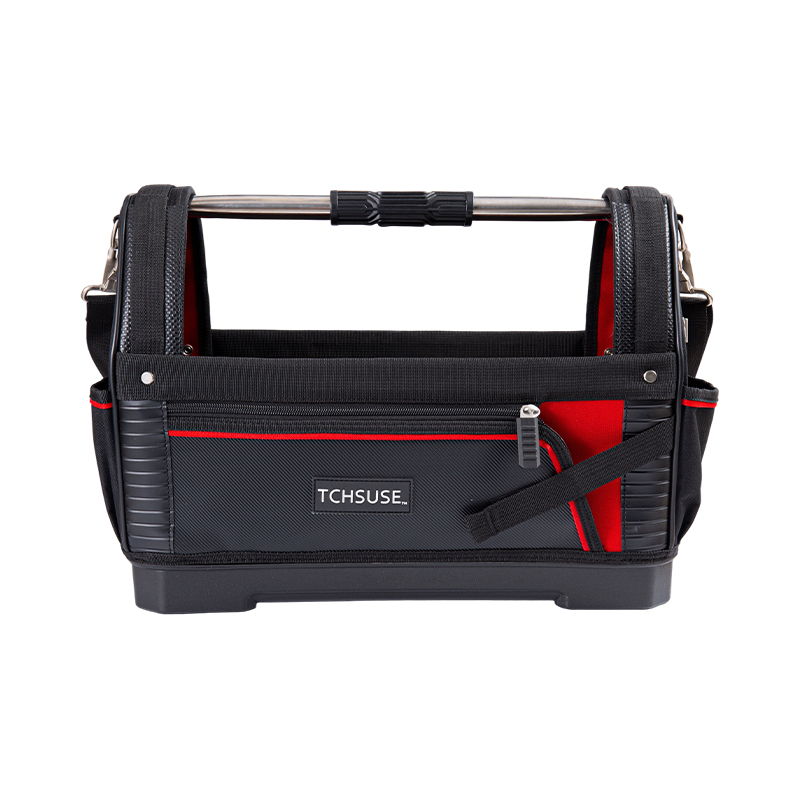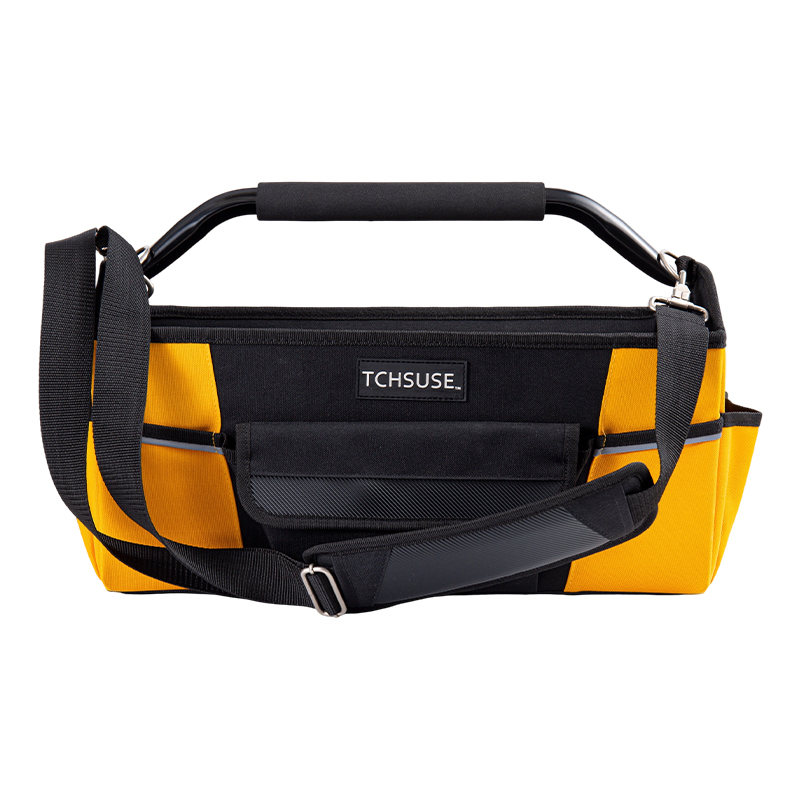Is a rolling tool bag suitable for use on construction sites or in outdoor environments?
Importance of Durability Testing for Multi-Purpose Tool Bags
Durability testing plays a central role in ensuring that multi-purpose tool bags meet the expectations of technicians, engineers, and DIY users who depend on stable performance during daily work. Because these bags are designed for a broad range of industries—including electrical repair, carpentry, mechanical maintenance, construction, and home renovation—the materials and structure must be evaluated against various real-world scenarios. Tengchi, as a manufacturer committed to consistent product quality, incorporates durability assessments during the development of versatile tool bags to confirm that their structural performance aligns with professional needs. Such testing helps determine whether the bag can withstand long-term outdoor use, resist wear from heavy tools, and maintain structural integrity during regular movement or transportation. Through these evaluations, manufacturers aim to ensure that the multi-purpose tool bag remains reliable across different working environments.
Testing of High-Strength Exterior Materials
The exterior fabric of multi-purpose tool bags is often the first component to encounter harsh conditions, including abrasive surfaces, moisture, sharp tool edges, and sudden impacts. Because of this, manufacturers employ fabric endurance tests to evaluate resistance to tearing, puncturing, and surface abrasion. Tengchi selects high-strength waterproof materials specifically for these bags and subjects them to repeated friction cycles under controlled conditions. These tests simulate the frequent dragging or scraping that might occur at construction sites or workshop environments. By verifying how the fabric responds to long-term wear, the development team ensures that the bag retains its protective function. Material flexibility is also evaluated to confirm that the exterior structure maintains its form even after exposure to temperature changes. These steps help ensure the multi-purpose tool bag demonstrates dependable resilience throughout extended use.
Typical Material Durability Tests for Multi-Purpose Tool Bags
| Test Type |
Purpose |
| Abrasion test |
Measures fabric wear resistance |
| Tear resistance test |
Evaluates strength under sudden force |
| Water penetration test |
Checks waterproof capability |
| Flexibility test |
Assesses deformation under temperature changes |
Load-Bearing and Structural Strength Assessment
The internal compartments of a multi-purpose tool bag play a critical role in supporting hand tools, accessories, and smaller devices. Durability testing in this area focuses on the load-bearing capacity of the bag’s internal frame, pocket structure, and stitching quality. For manufacturers like Tengchi, internal load testing simulates the stress caused by unevenly distributed tool weight. Technicians place calibrated loads into different compartments and measure the impact on the bag’s structure and handle areas. This helps determine whether the bag can maintain stability while being carried or placed on rough ground. Reinforced stitching techniques are also tested under repetitive tension cycles to confirm that seams do not loosen after prolonged use. Structural testing ensures the multi-purpose tool bag maintains its intended function, even when exposed to high daily usage rates in industrial job sites.
Reinforced Zipper and Hardware Fatigue Testing
Zippers, buckles, and metal fittings are essential components that influence the overall lifespan of multi-purpose tool bags. Since these bags may be opened and closed frequently during field operations, durability testing requires assessing each hardware component under conditions that mimic intensive use. Tengchi evaluates zipper teeth strength, slider smoothness, and resistance to warping by subjecting them to thousands of open–close cycles. Hardware fatigue testing also examines how metal components react to vibration, humidity, and repetitive pulling. These evaluations help ensure that the bag remains securely closed during transport and that the compartments can withstand the stress of heavy tools without sudden failure. The reliability of these components is especially important for workers who depend on secure and organized storage during demanding tasks.
Hardware Durability Indicators
| Component |
Durability Indicator |
| Zippers |
Number of open–close cycles |
| Buckles |
Resistance to tension and impact |
| Metal rings |
Corrosion resistance in moist environments |
| Shoulder strap hooks |
Fatigue strength under repeated pulling |
Water-Resistance and Environmental Adaptability Testing
Since multi-purpose tool bags are frequently used in outdoor settings or exposed to unpredictable weather conditions, environmental adaptability testing is essential. Manufacturers conduct simulated rain exposure, humidity chamber tests, and rapid temperature shift assessments to evaluate whether the bags can protect their contents from moisture. Tengchi uses waterproof-coated materials for the exterior to prevent water absorption and protect internal compartments. Environmental testing also measures how the fabric reacts to extended UV exposure, which can gradually degrade surface strength. By evaluating water resistance and environmental adaptability, manufacturers confirm that the tool bags remain functional during jobs that take place in open construction areas, exterior maintenance sites, or moisture-prone workshop environments. This helps ensure that the tools stored inside remain safe, dry, and easily accessible.
Shoulder Strap and Carrying Comfort Evaluation
The adjustable shoulder strap is one of the defining features of multi-purpose tool bags, offering flexibility for users who frequently move between work areas. Durability testing in this category focuses on the strap’s tensile strength, padding resilience, and connector reliability. Tengchi evaluates shoulder strap endurance by applying sustained dynamic loads and measuring elongation, fraying, and stitching behavior over time. These assessments help confirm that the strap can support continuous weight without compromising comfort. Comfort testing also includes repeated wearing simulations to examine how well the padding retains its shape after extended use. By assessing both durability and comfort, the testing process ensures the multi-purpose tool bag remains practical for long-distance carrying and daily tool organization.
Interior Compartment and Functional Layout Testing
One key advantage of multi-purpose tool bags is the flexibility to adjust or organize internal compartments. Because of this, fatigue testing on divider panels, pocket seams, and modular components is crucial. Manufacturers test these areas by inserting and removing tools repeatedly to determine whether the compartments maintain their shape and alignment over time. Tengchi conducts these tests to ensure that internal pockets do not collapse, tear, or distort when exposed to heavily used tools or pointed objects. This helps maintain the functionality of the bag’s organizing system, allowing workers to quickly locate and store their equipment. Reliable interior layout performance is especially important for technicians who rely on efficiency during time-sensitive operations.
Mechanical Drop and Impact Testing
Accidental drops are common in workshop and field environments, making impact testing an important part of durability assessments. The multi-purpose tool bag is filled with weighted items and dropped from specific heights onto hard surfaces to simulate real-world conditions. These tests determine whether the base, frame, and internal structure can absorb shock without compromising tool protection. Tengchi emphasizes reinforcing the bottom section of its tool bags to distribute impact and maintain structural alignment. Drop testing helps identify potential weak points in the bag's frame and material connections, allowing for design improvements that enhance long-term performance.
Long-Term Cyclic Testing and Product Reliability Verification
Cyclic testing is used to evaluate the long-term performance of multi-purpose tool bags under repeated handling conditions. This includes simulated carrying cycles, zipper cycles, loading–unloading cycles, and vibration tests. Tengchi integrates cyclic testing to replicate the stress patterns experienced during months of daily use. Through these assessments, manufacturers gather data on material fatigue, frame stability, and stitching endurance. By combining multiple types of durability tests, the overall reliability of the tool bag can be evaluated more accurately. These results guide both product refinement and quality assurance processes.
How Durability Testing Supports Industry-Level Application
Multi-purpose tool bags must withstand a wide range of tasks across different industries, and durability testing ensures they meet these diverse performance requirements. Tengchi’s testing approach aims to confirm that the bags are suitable for electricians working in confined spaces, mechanics handling metal tools, construction personnel navigating uneven terrain, and homeowners performing routine repairs. These evaluations help maintain consistent product quality and demonstrate that the tool bags are built to handle the demands of frequent movement, outdoor exposure, and heavy tool storage. Durability testing ultimately provides users with confidence that the multi-purpose tool bag can support their workflow safely and reliably, even under challenging operating conditions.


 English
English 